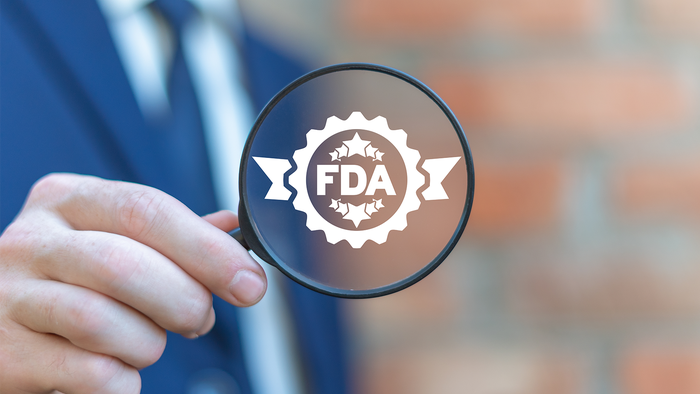FDA, industry race to implement tech-enabled traceability for faster outbreak response
FDA is driving a technological revolution in traceability for food safety, emphasizing collaboration and innovation ahead of implementing FSMA 204 requirements in January 2026.

At a Glance
- FDA is prioritizing tech-enabled traceability to speed up investigations into foodborne illness outbreaks.
- FDA is engaging with industry stakeholders to develop and implement software tools to support traceability efforts.
- While challenges exist, new tools like predictive analytics and data sharing can improve food safety and outbreak response.
Recently, FDA hosted a four-hour webinar to focus on the use of data across multiple areas related to food safety. Traceability was a key point of discussion. Just as it is in affected companies, which are feeling the stress of determining the best way to incorporate the requirements of the traceability rule, FSMA 204, into their own systems when it goes into effect in January 2026.
Technology can be expensive to purchase and maintain. Manual efforts are challenging, especially when the line from grower or re-packer to end user isn’t direct. A single pallet can have more than one lot code. Accurate record-keeping is essential.
In preventing foodborne illness outbreaks, the advancement of several tools could be helpful: predictive analytics, the use of intuitive and effective data sharing systems, artificial intelligence (AI), GenomeTrakr and virtual reality-assisted training. Jim Jones, deputy commissioner for foods at the Food and Drug Administration (FDA), put it in perspective: “We also know that in a resource-constrained environment, prioritization is key. If we are spread too thin, we may miss an opportunity to create large-scale, long-term, positive public health changes.”
Hence the prioritization of tech-enabled traceability. Adam Friedlander, a policy analyst in FDA’s Coordinated Outbreak Response & Evaluation (CORE) Network, acknowledged that for too long FDA relied on manual processes to investigate foodborne illness outbreaks, such as purchase orders and invoices, to try to triangulate the eventual source of the outbreak. Traceback investigations at FDA could take days or weeks. Some of these outbreaks led to significant market withdrawals from the product, and he said sometimes they weren’t even able to find the root cause of illness.

FSMA 204 lays out requirements for traceability of high-risk products such as certain raw agricultural products. “We know that it’s going to be a very long journey ahead to truly make food traceability at the speed of thought a reality, but we have already seen so much innovation within the food industry,” Friedlander said.
Beyond key data elements of FSMA 204, Friedlander addressed the need for data systems to communicate. “You can still leverage many different IT systems, but you’re still ultimately speaking that same food traceability language,” he explained. “We know that collaboration is going to be a critical component of how we move forward in the future. We need to bring multidisciplinary teams together [those who work in food safety, IT, legal, marketing and supply chain]. We know that the industry can voluntarily work together to improve upon some of the greatest operational, organizational and technological pain points that we’re currently seeing.”
Since 2020, FDA has had more than 70 listening sessions and tech demos with the industry. It recognizes that with a worldwide supply chain, global harmonization and collaboration is essential. FDA is conducting outreach with international governments and industry groups. Currently, the agency has received over 90 submissions from all over the world that provide a snapshot into what they’re doing to reduce the barriers of entry into leveraging traceability technology.
In addition to a prototype product tracing system, FDA also developed different software tools that are going to support traceability efforts. “We’ve already highlighted some of those technological components on our website, but we look forward to sharing more information about some of the tools, not so people can duplicate or replicate what we’re doing, but so that they can consider the technologies that we’re using in their own digital transformation journeys,” Friedlander said.
While January 2026 may seem far away, FDA and the affected industry recognize that work lies ahead in accomplishing the goals of the coming regulatory requirements.
About the Author(s)
You May Also Like






